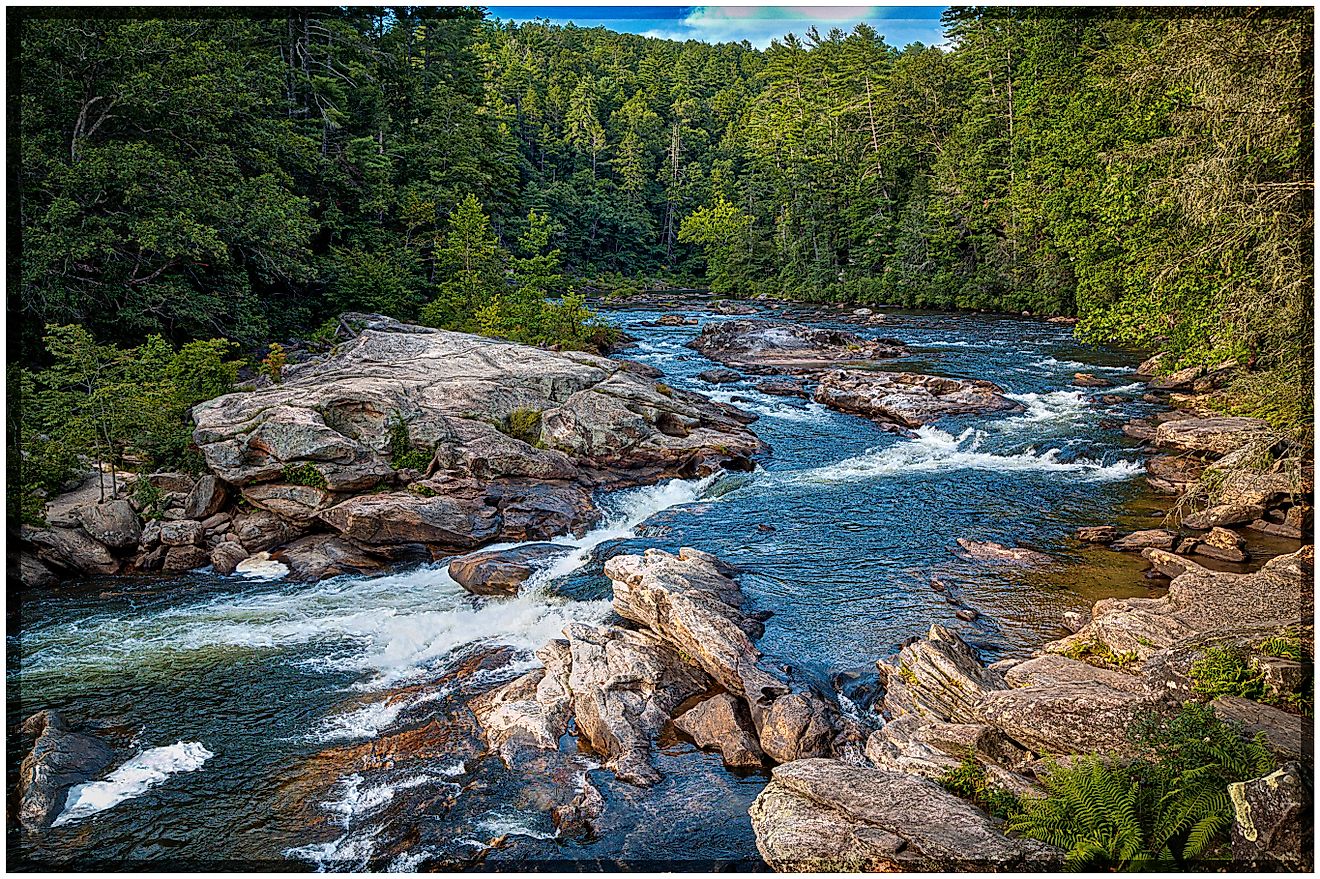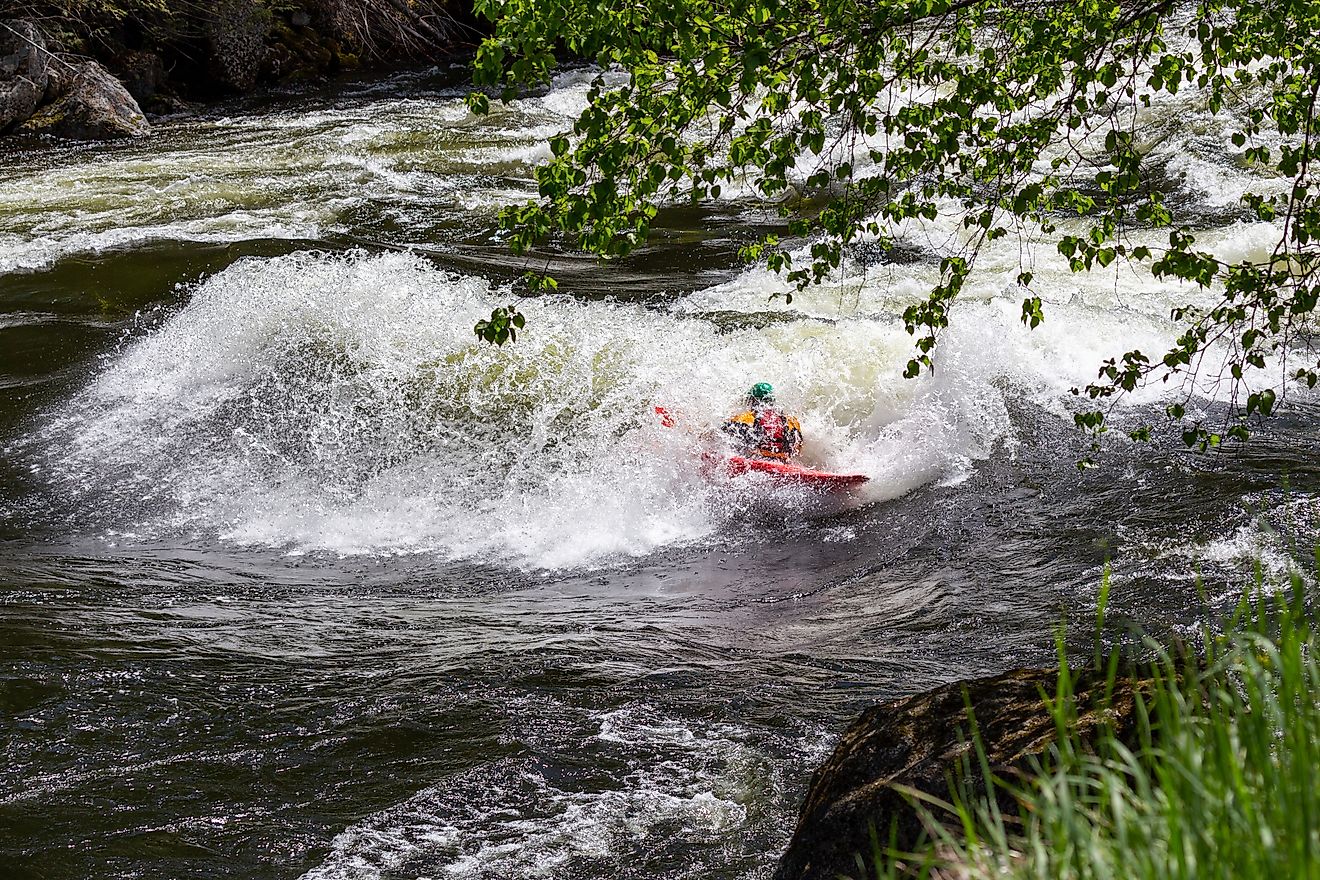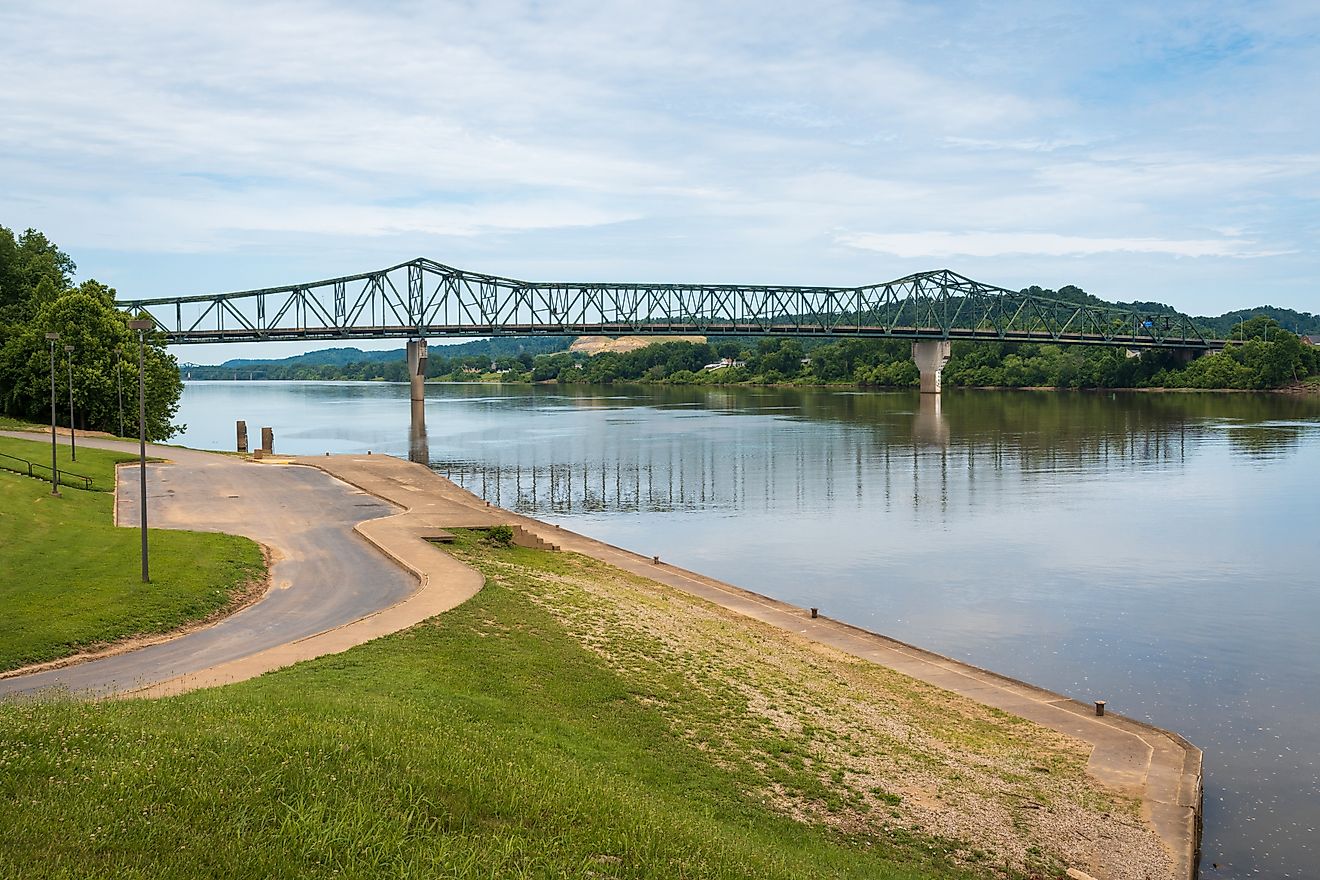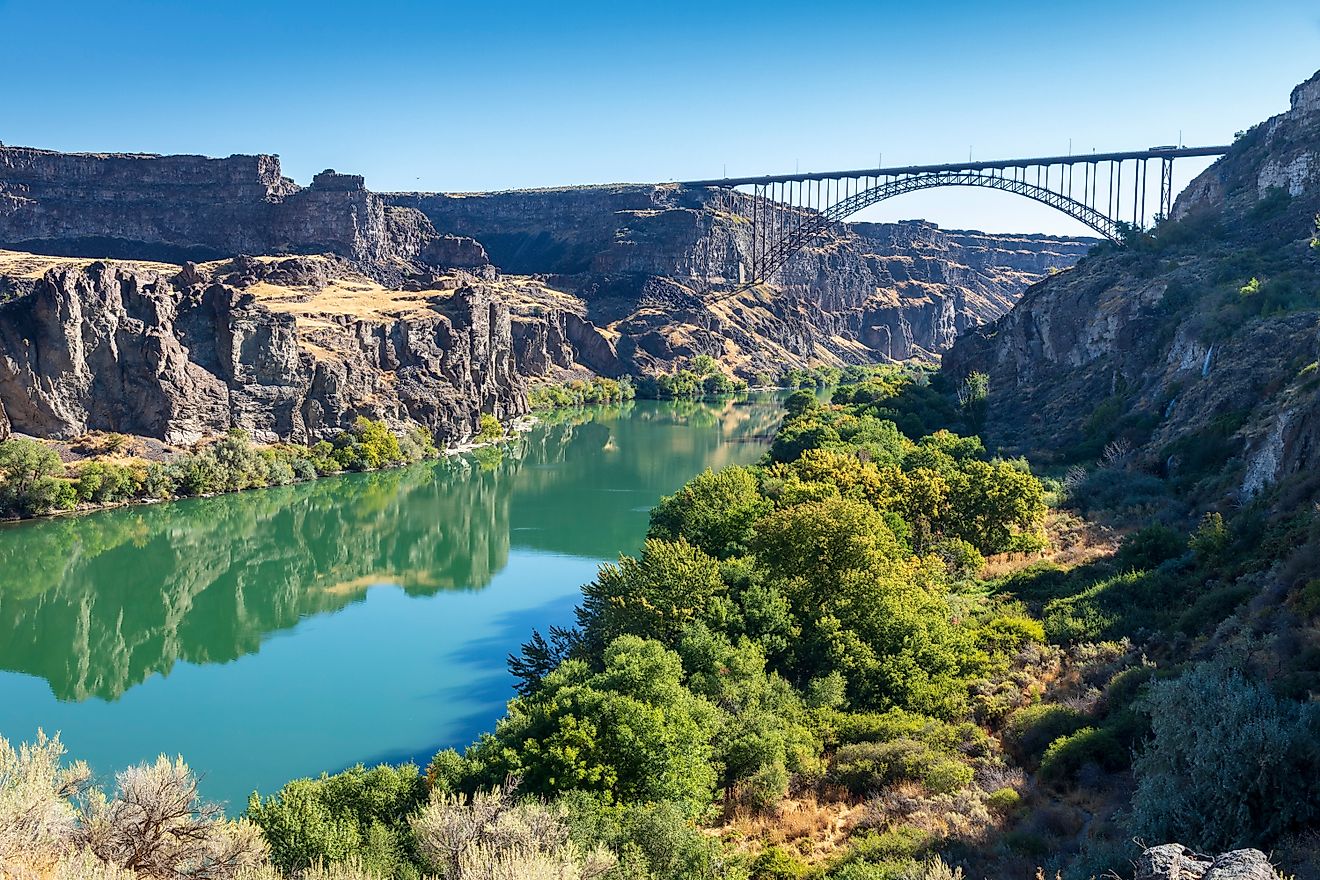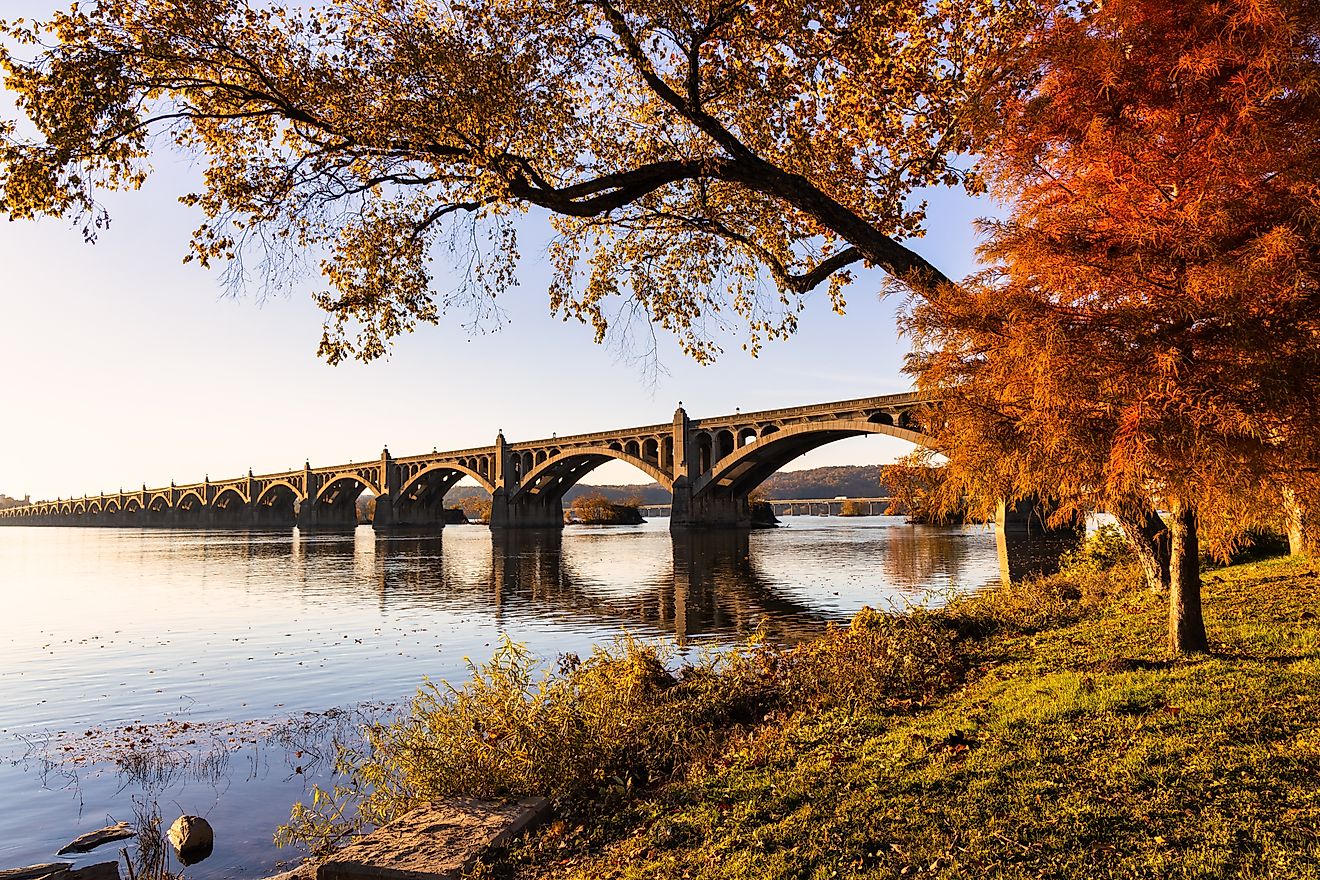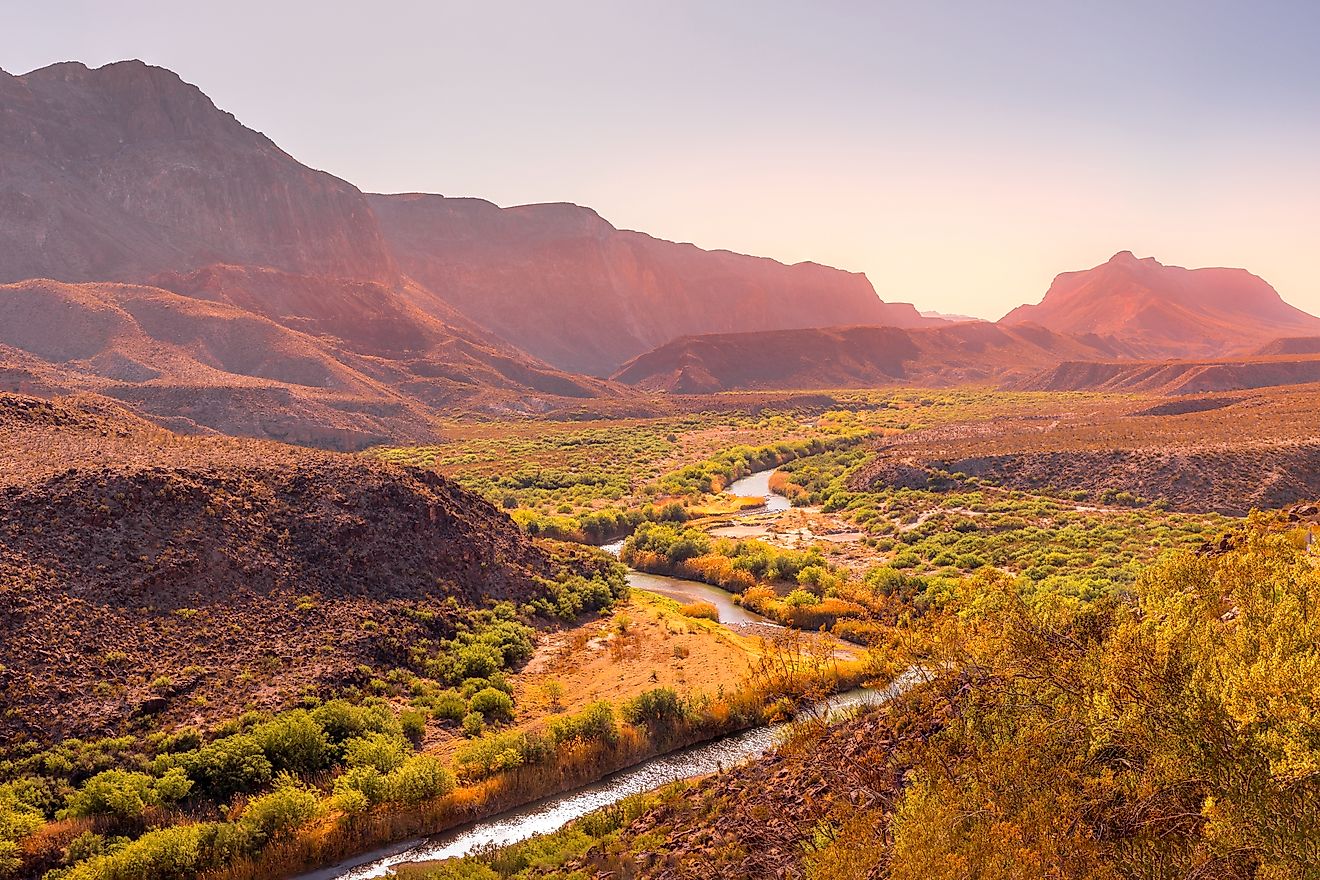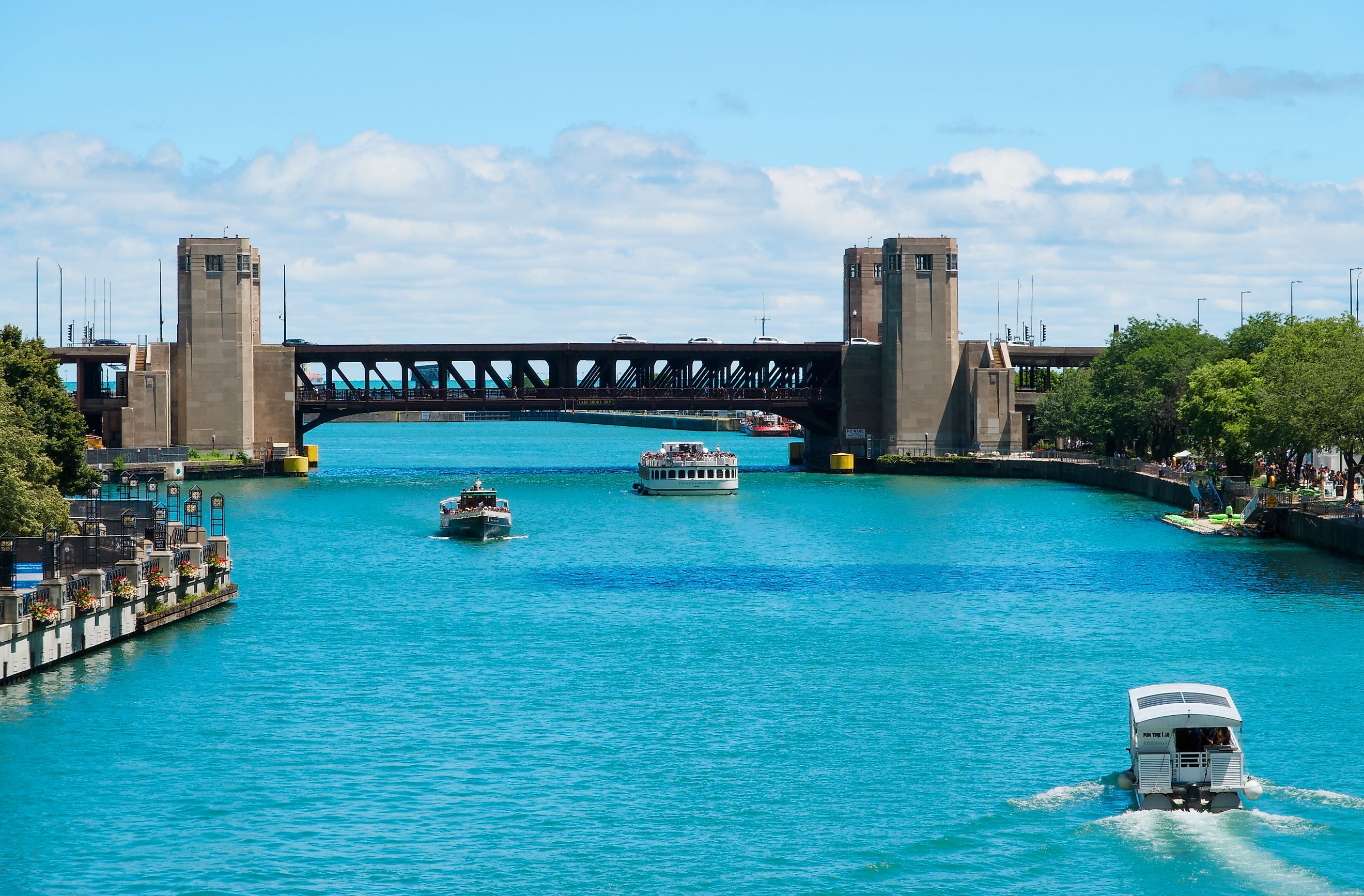
The River That Flows Backward: Bizarre US Waterways Explained
When most people picture a river, they imagine water flowing predictably downstream, tracing the gentle slope of gravity from source to sea. But not all rivers play by the rules. In fact, one of America’s most famous rivers actually runs the wrong way—and it does so entirely by design. This is the story of the Chicago River, the river that flows backward, and a look into the strange world of US waterways that have defied expectations, geography, and even nature itself.
The Chicago River: An Engineered Reversal

At first glance, the Chicago River seems like any other urban waterway: a winding channel flanked by skyscrapers, its surface crisscrossed by bridges and water taxis. But underneath that surface lies one of the most ambitious civil engineering feats in American history.
Originally, the Chicago River flowed into Lake Michigan. This was a problem. In the 1800s, Chicago's booming population was dumping all kinds of waste into the river—including industrial runoff, animal byproducts from slaughterhouses, and raw sewage. All of it eventually emptied into Lake Michigan, which also happened to be the city’s primary source of drinking water. The result? Frequent and deadly outbreaks of waterborne diseases like cholera and typhoid.
The solution? Make the river flow the other way.
In 1900, the Sanitary District of Chicago (now the Metropolitan Water Reclamation District) completed the Chicago Sanitary and Ship Canal. This artificial channel connected the Chicago River to the Des Plaines River, which flows into the Illinois River and eventually the Mississippi. The engineering team literally reversed the river’s flow, sending waste away from Lake Michigan and toward the Gulf of America.
How Did They Do It?

Reversing a river isn’t as simple as flipping a switch. It required massive excavation—crews dug a canal 28 miles long and more than 20 feet deep through clay, rock, and earth. This manmade trench allowed water to flow downhill from Lake Michigan through the river and out toward the Mississippi Basin. Locks and dams were built to regulate water levels, and eventually, the river’s new direction was locked in place.
The project was controversial even at the time. Neighboring states complained that Illinois was siphoning water from the Great Lakes system and polluting downstream ecosystems. A series of legal battles ensued, eventually leading to Supreme Court decisions and federal regulation of Great Lakes water diversions.
Today, the Chicago River still flows away from Lake Michigan, maintained by a carefully balanced system of locks, canals, and pumping stations. It remains one of the only major rivers in the world to be permanently reversed through human intervention.
Why Do Rivers Flow Backward?
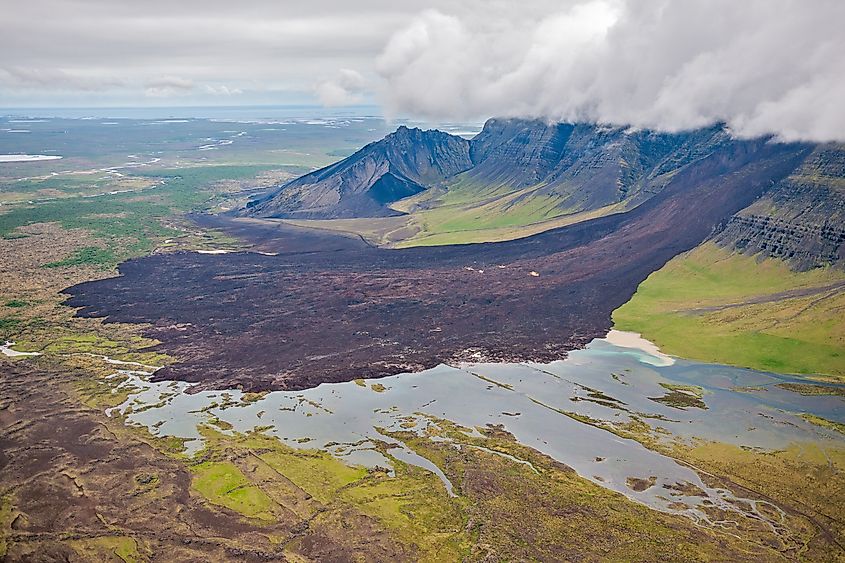
The Chicago River’s reversal was manmade, but rivers can change direction for other reasons as well. River flow is governed by topography, rainfall, and underlying geology. However, changes in climate, tectonic shifts, sediment buildup, and glacial activity can all impact a river’s behavior.
Here are a few reasons rivers might flow backward or shift their direction:
-
Tectonic Uplift: Earthquakes or rising land masses can tilt a riverbed, forcing water to reroute.
-
Glacial Retreat: When glaciers recede, they often leave behind new valleys or moraines, redirecting river flow.
-
Sediment Blockage: Landslides or buildup of sediment can dam a river, forcing it to seek a new path.
-
Sea Level Changes: Rising or falling sea levels can alter the base level of rivers, reversing or modifying flow in delta regions.
More Bizarre Cases of Rivers That Changed Direction
Let’s explore a few more real-world examples of rivers that have changed direction—some temporarily, some permanently.
The Mississippi River
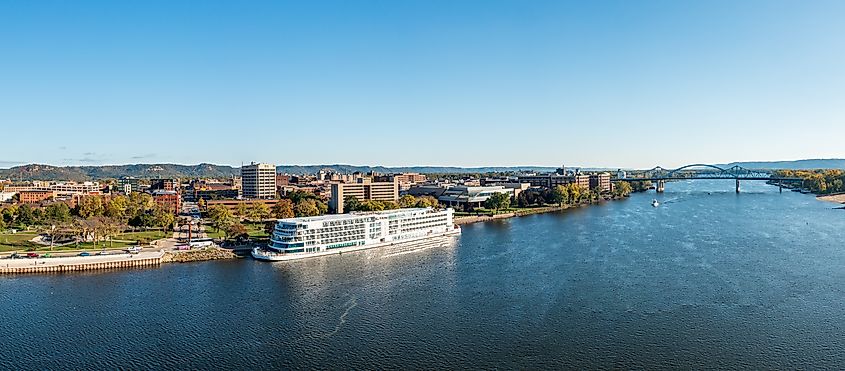
While the Mississippi River hasn’t been permanently reversed, it has experienced several notable instances of backward flow, most famously during Hurricane Katrina and Hurricane Isaac. Storm surges pushed water upstream, temporarily reversing the current of the mighty river.
More dramatically, in 1812, a massive earthquake near New Madrid, Missouri caused the Mississippi to flow backward for several hours. Witnesses at the time described enormous waves traveling north, submerging forests and altering the landscape permanently. The earthquake formed Reelfoot Lake in Tennessee and changed the river’s course in several places.
The Red River of the North
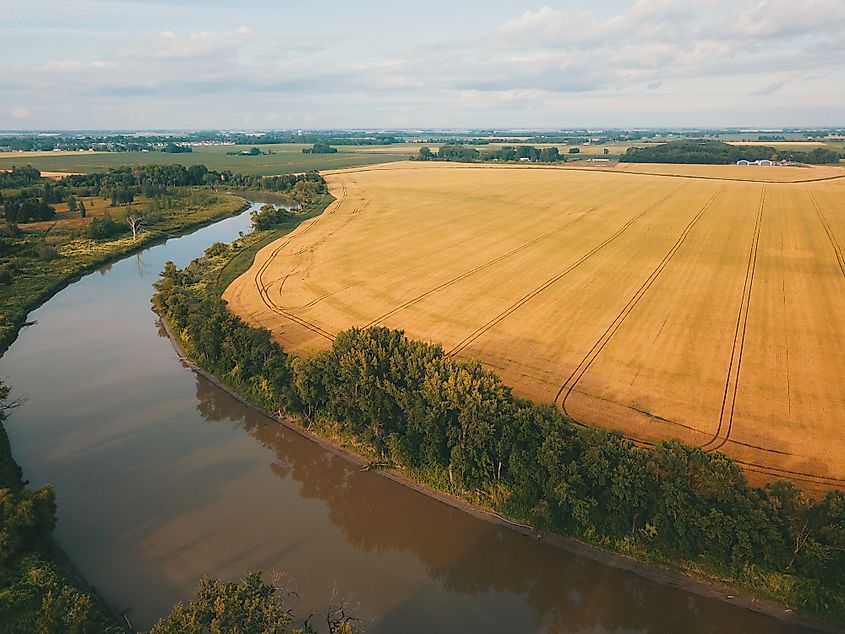
Flowing northward between Minnesota and North Dakota before entering Canada, the Red River of the North is one of the rare major US rivers that naturally flows north. While not reversed by humans, its unique flow creates problems during spring thaw.
Because the river flows toward colder latitudes, snow and ice melt upstream before downstream sections are ready. The result? Ice jams and frequent flooding. The city of Fargo, North Dakota has battled devastating floods for decades due to this phenomenon.
The Colorado River
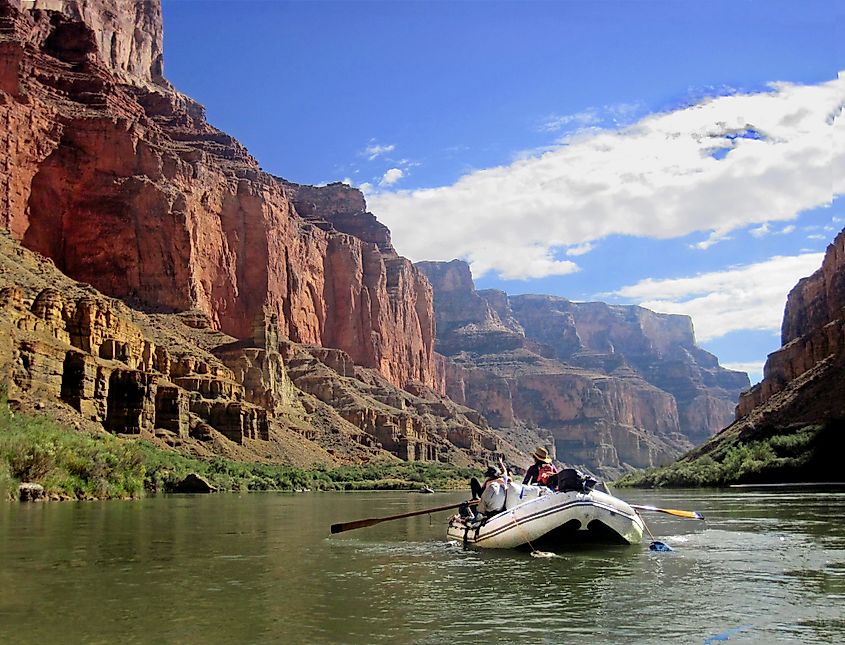
The Colorado River no longer reaches the sea most years—not because it flows backward, but because it doesn’t flow far enough. Massive dams like the Hoover and Glen Canyon have altered its flow, creating reservoirs like Lake Mead and Lake Powell. While the river still flows downstream, the volume is so heavily managed and diverted for agriculture and urban use that it often dries up before reaching the Gulf of California.
In 2014, a historic agreement between the US and Mexico allowed a controlled release of water from the Morelos Dam, temporarily restoring flow to the Colorado River Delta. For a few weeks, the river once again met the sea.
The Old River Control Structure
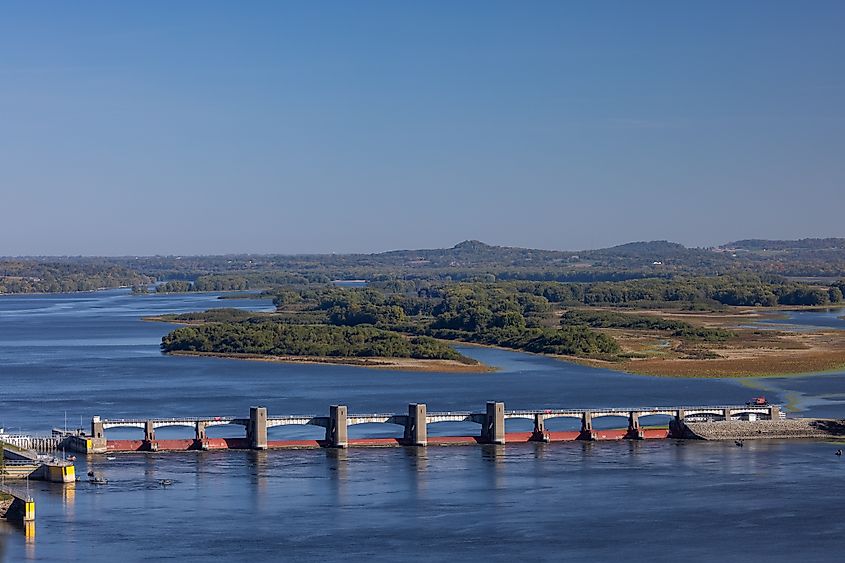
Another fascinating case isn’t a reversed river, but one we’re actively preventing from reversing. Near Simmesport, Louisiana, the Mississippi River naturally wants to change course and flow into the Atchafalaya River—a shorter, steeper path to the Gulf.
If left unchecked, the Atchafalaya would capture the Mississippi’s flow, bypassing Baton Rouge and New Orleans. To prevent this, the U.S. Army Corps of Engineers built the Old River Control Structure in the 1960s. It regulates how much water can flow into the Atchafalaya, keeping the Mississippi locked in its current path.
This is a rare example of a river whose natural inclination is being artificially restrained. Should the control structure ever fail, it would cause one of the most dramatic and economically devastating river reversals in US history.
The Amazon
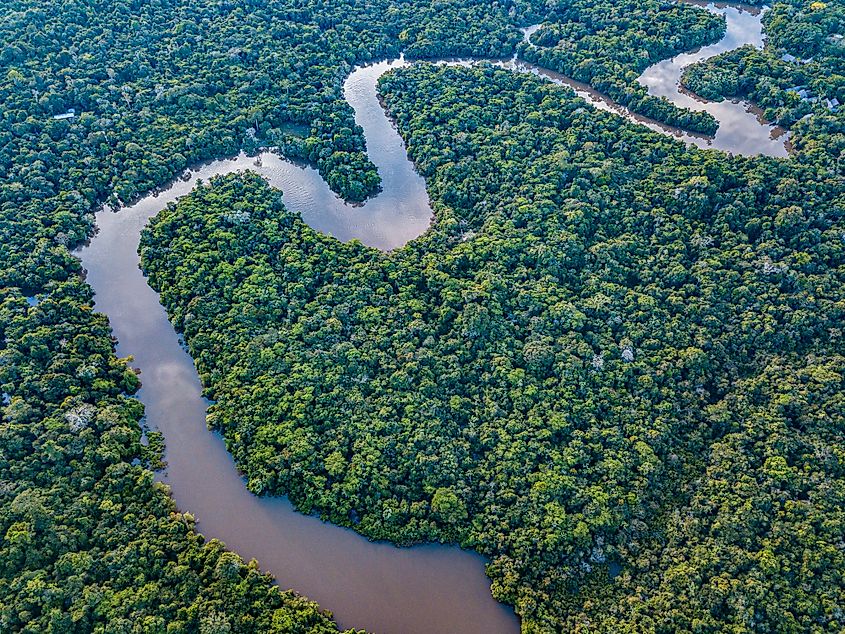
While not in the United States, it’s worth noting that the Amazon River once flowed the opposite direction. Tens of millions of years ago, before the Andes Mountains rose, the Amazon flowed westward into the Pacific Ocean. As the Andes uplifted, they blocked the river’s path and caused it to reverse course. Today, the Amazon flows east into the Atlantic—a striking example of geology redirecting a continental waterway.
Why River Flow Matters
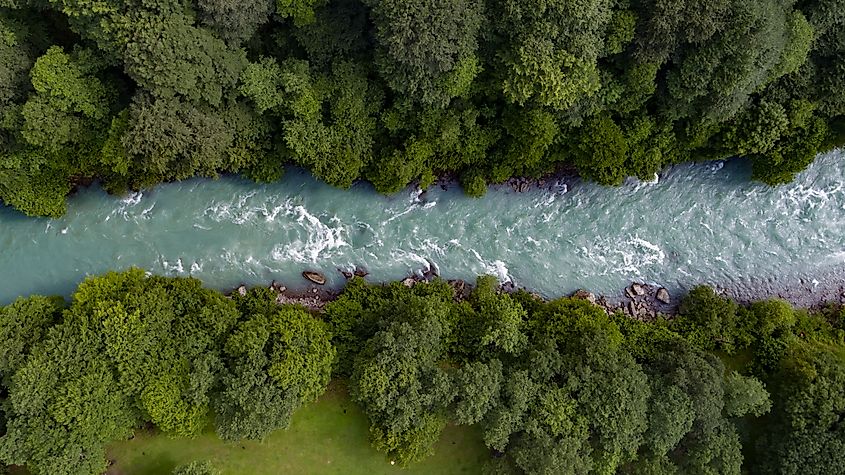
Why does it matter which way a river flows? The direction of flow influences everything from ecosystems to agriculture to geopolitics. River currents determine sediment distribution, fish migration, nutrient cycling, and even where civilizations take root.
In urban areas, altered flow can help (or hinder) sanitation, drinking water access, and flood prevention. In coastal regions, upstream flow from storm surges can cause saltwater intrusion, damaging crops and ecosystems. For these reasons, hydrologists, engineers, and ecologists closely monitor changes in river flow.
Reversing a river isn't just a feat of engineering; it's a rearrangement of nature that comes with profound ripple effects.
A Reminder of Nature’s Power
From the engineered flip of the Chicago River to the earthquake-induced reversal of the Mississippi, America's waterways have a story to tell—one of movement, manipulation, and constant change. As climate patterns shift and human demands on water intensify, rivers will continue to evolve, and in some cases, flow in directions no one could have predicted.
The Chicago River remains a monument to human ingenuity and ambition, flowing not where nature intended, but where necessity dictated. It's a reminder that in America, even the rivers don’t always run downstream.
Whether carved by glaciers, shaped by earthquakes, or rerouted by machines, rivers are living symbols of our dynamic planet. And sometimes, the most fascinating rivers are the ones that go against the flow.
